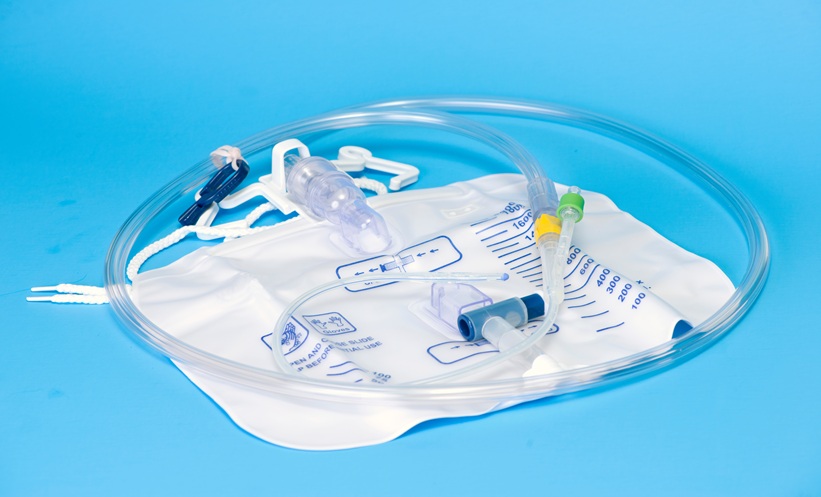Prostate cancer (PCa) associated mortality results from metastasis to bone and resistance to androgen deprivation or cytotoxic therapy. Despite early detection of primary PCa, advanced castration resistant PCa and bone metastases are detected in 10% of patients at the time of initial diagnosis. The majority of recurrences may be due to cancer cells with stem cell-like properties (CSC-like). These could be therapy-resistant in a dormant state at the primary site or have metastasised prior to diagnosis of the primary tumour. CSC-like cells are the most tumourigenic and metastatic; however, current treatments target the differentiated tumour bulk cells. Understanding the mechanisms of PCa tumour initiation and metastasis by CSC-like cells is crucial for proper prognosis of high-risk patient groups. We aimed to determine whether CSC-like cells from metastatic tissues are responsive to the standard compounds used for the treatment of the primary tumour type.
To model metastatic CSC-like cells we generated organoids from patient-derived tissues (here termed ‘canceroids’) and established patient-derived xenografts. Organoid culture protocols are based on previously published experimental approaches for murine1,2 and human prostate organoids.2,3 Response to androgens (dihydrotestosterone), cytotoxic compounds (e.g. cabazitaxel and docetaxel), and androgen modulating agents (e.g. abiraterone and enzalutamide), are being tested on the canceroids using viability (CellTiter Glo®, Promega Corporation, Madison, Wisconsin, USA) assays and three-dimensional (3D) imaging by confocal and light sheet microscopy.
Canceroids maintain key features of the CSC-like cells, previously characterised on the tumour itself. In particular, the known luminal phenotype of BM18 is evidently maintained in the BM18 canceroids, based on positive cytokeratin (CK)18 and absent CK5 expression. LAPC4 canceroids contain CK5 and CK18 cells, in line with the mixed basal and luminal phenotype. Imaging of PSA and cytokeratin distribution confirms the luminal phenotype of the canceroids. BM18 and LAPC9 canceroids are maintained both in the presence and absence of dihydrotestosterone, indicating that androgen independent growth properties of the tumour are conserved in the canceroids. Imaging-based viability assays (Hoechst live-cell dye) indicate that LAPC9 canceroids respond to the chemotherapeutics cabacitaxel and docetaxel and the hormone inhibitors abiraterone and enzalutamide.
Identification of the oncogenic properties of metastatic CSC-like subpopulations has both prognostic and therapeutic applications. The establishment of CSC-derived organoids from bone metastatic tissue is the first step towards routine derivation from metastatic or primary PCa tissues as a potential platform for personalised drug compound evaluation.
The points of discussion when this abstract was presented at the European Association of Urology (EAU) Congress 2017 were the time-related advantages of canceroid generation for drug screens purposes versus patient-derived xenograft models and the future potential of diagnostic tests using patient-derived canceroids. Furthermore, the incorporation of stromal and immune cells in canceroid cultures was discussed.








